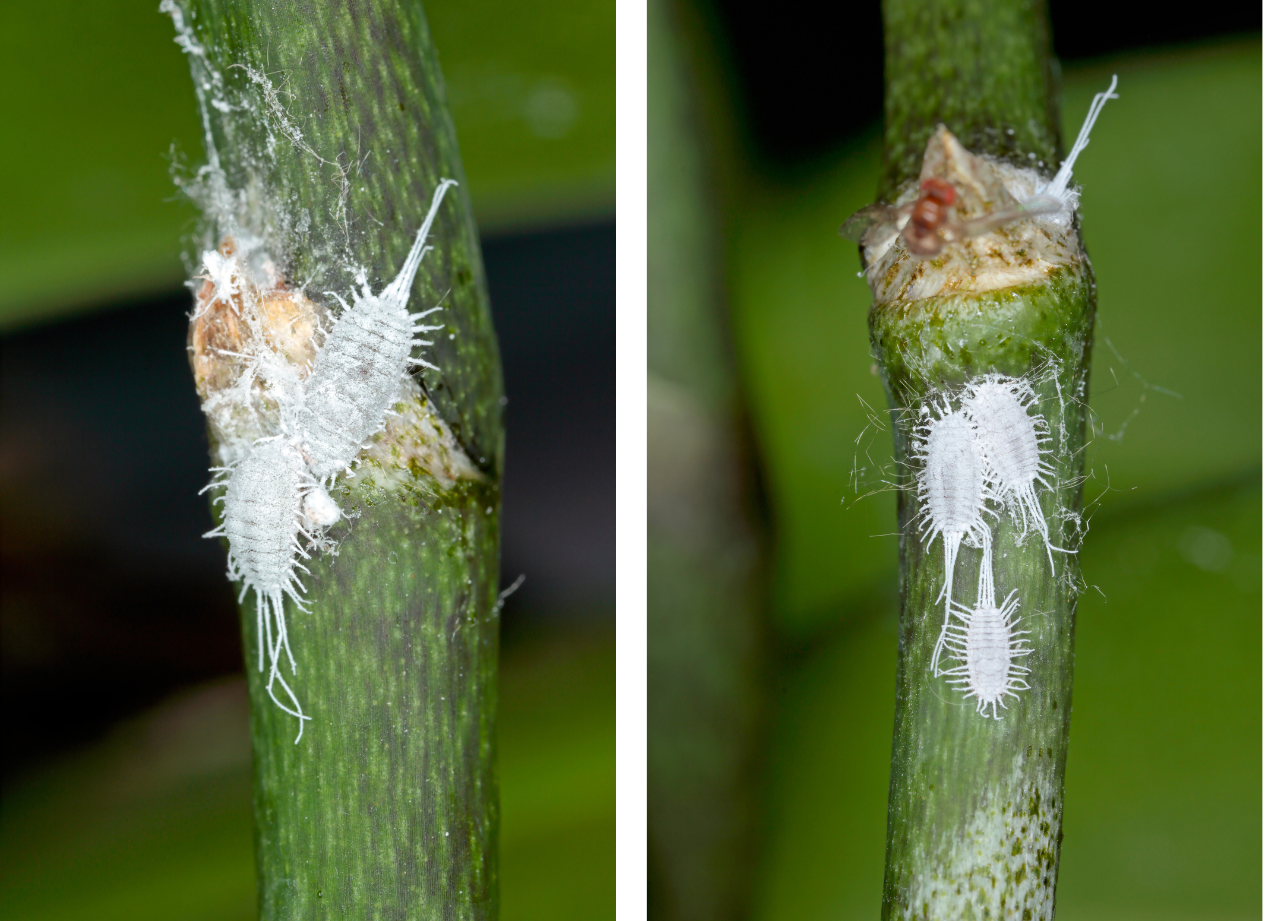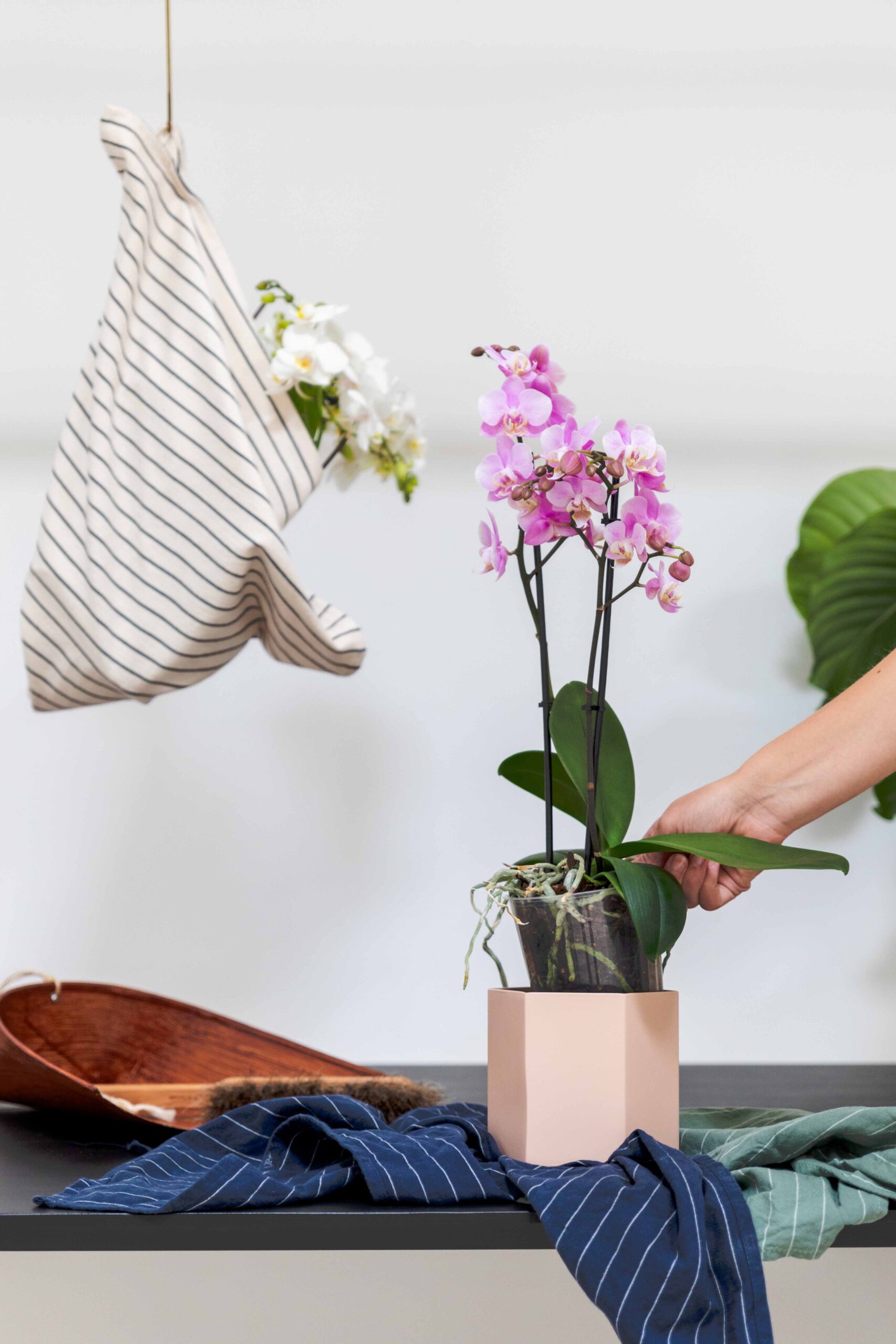The difference between direct and indirect sunlight
If you’re looking for care tips for orchids, you’ll often read that the best place to keep an orchid is a bright spot without direct sunlight. But what exactly does this mean? In this article, we’ll explain the difference between direct and indirect sunlight, so you can easily find the best spot for your orchid from now on.
Also read: How to care for an orchid
The difference between direct and indirect sunlight
Light is one of the most important factors in plant care, as plants cannot thrive without light. However, the amount of light needed varies between plants. That’s why it’s useful to know the specific light preferences of your plants.
It’s also wise to consider what type of light you have in your home. Windows facing west, for example, get a different amount of sunlight than those facing east. West-facing windows receive a lot of light in the afternoon, which is strong and warm. East-facing windows, on the other hand, get sunlight in the morning hours, which is moderate and weaker.
What is direct sunlight?
Direct sunlight typically comes from the south or west, where the sun is strongest during the day. Ask yourself where the sun shines in your home at the hottest part of the day (midday and early evening). During this time, plants by south- or west-facing windows will receive more than four hours of direct sunlight.
What is indirect sunlight?
Indirect sunlight refers to a spot where the plant gets daylight, but not direct sun. For example, a window facing north. You can also create indirect sunlight by hanging curtains or a window film. This filters the sunlight, allowing some light through while blocking the harsh direct rays. Another option is to place your plant a few meters away from a south-facing window.
Remember: the orchid should see the sun, but the sun shouldn’t see the orchid.
@orchidsinfo Keep this in mind when placing your orchids at home 🌞 #orchidcare #orchidcaretips #sunlight


















